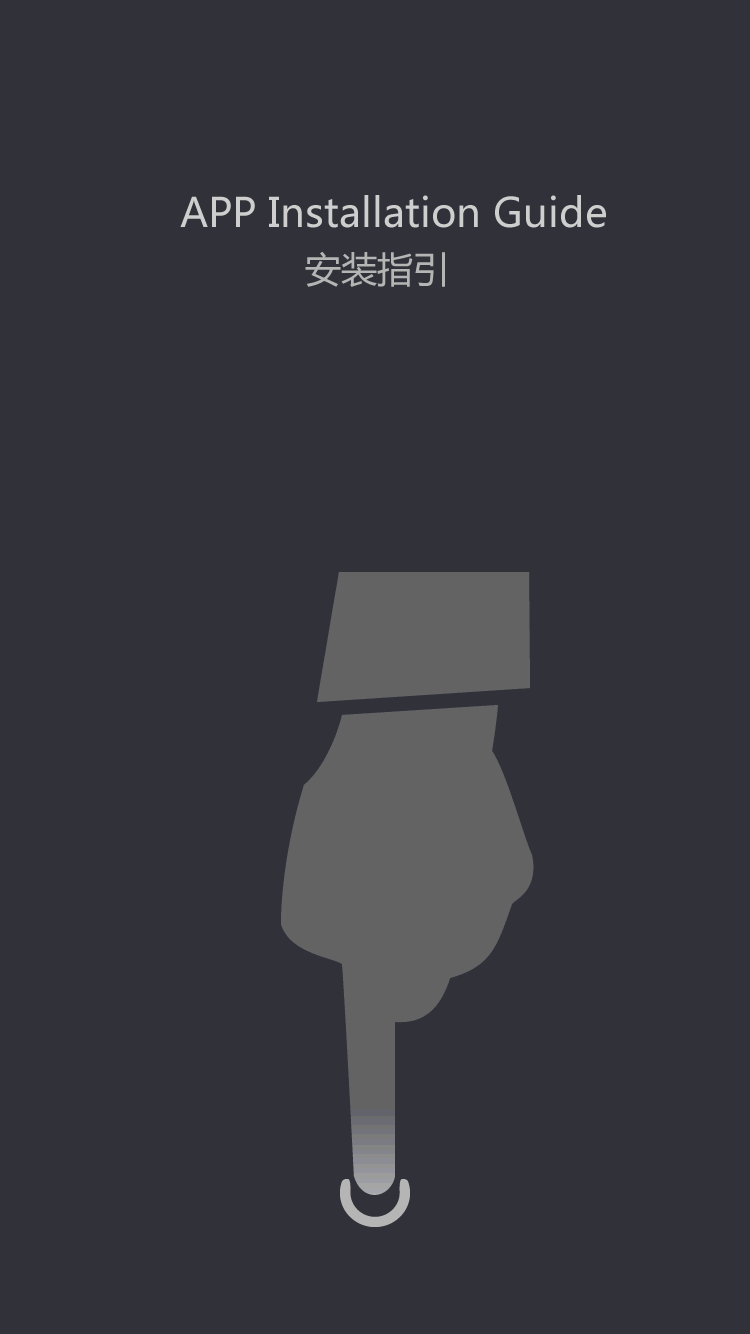Understanding Optical Loss In Fiber Networks
Optical fiber cable used in vertical shafts, or in runs between floors, must have fireplace-resistant traits capable of preventing the spread of fireside from ground-to-floor. A system of cables or different connections that hyperlinks many terminals or devices, all of which can communicate with one another via the system. The optical power mirrored from a number of enter ports, back to a different enter port. The common energy for a steady legitimate symbol sequence coupled into a fiber.
Causes signals to beat collectively and generate interfering parts at completely different frequencies. Interferometers are used extensively for testing optical components throughout manufacture.
Generally refers back to the SELFOC lens usually used in fiber optics. A quick segment of a graded-index fiber that focuses light passing by way of it. A fiber by which the refractive index modifications gradually with distance from the fiber axis, somewhat than abruptly on the core-cladding interface. A substance, resembling petroleum jelly in viscosity, that surrounds a fiber, or multiple fibers, enclosed in a loose buffer tube.
A situation for launching light into the fiber where the incoming mild has a spot dimension and NA bigger than accepted by the fiber, filling all modes in the fiber. In telephony, all cables, conduits, ducts, poles, towers, repeaters, repeater huts, and other tools positioned between a demarcation level in a switching facility and a demarcation point in one other switching facility or customer premises. An instrument that measures transmission characteristics by sending a short pulse of sunshine down a fiber and observing again-scattered mild. The ratio of optical energy mirrored by a component or an meeting to the optical power incident on a element port when that component or assembly is introduced into a hyperlink or system.
In a fiber, all macroscopic deviations of the fiber's axis from a straight line, that may cause light to leak out of the fiber, causing signal attenuation. A fiber nonlinearity mechanism attributable to the power dependant refractive index of glass.
A pulling eye is a device fastened to a fiber cable to which a hook may be hooked up so as to pull the cable by way of a duct or small house. In fiber optics, a tool used to shine a biconic plug to a specified size and surface end. In passive optical components, loss that varies because the polarization state of the propagating wave adjustments.
Typical designs embody the Michelson, Twyman-Green and Fizeau interferometers. Increases in fiber connector attenuation that occur when hydrogen diffuses into the glass matrix and absorbs some gentle. The use of fiber to distribute cable-tv indicators to nodes, which in turn distribute them to homes over coaxial cable. The difference in travel time by way of a fiber for light of various wavelengths.
Expressed as the difference between the utmost and minimum loss in decibels. In optical emitters, the spectral line having the greatest output energy. A step-index fiber with a glass core and plastic or polymer cladding instead of glass. A fiber-optic distribution network with no lively elements between the switching level and the customer. Panda is a common style of Polarization Maintaining fiber, utilizing spherical and symetrical stress rods on both facet of the core to induce polarization.
WDM techniques transmit multiple channels at separate wavelengths. Pertaining to the logical structure for communications networks standardized by the International Organization for Standardization . A gadget utilized in an optical distribution community to attach two components of that network.
Light coming in both fiber is amplified by a single move by way of the laser diode. A push-pull type of optical connector that options high packing density, low loss, low backreflection, and low cost. Cables by which many parallel fibers are embedded in a plastic material, forming a flat ribbon-like structure.


































![[Dry Goods] how to avoid electrode rod after fusion black?](https://img5811.weyesimg.com/uploads/tumtecchina.com/images/15840915146146.jpg?imageView2/2/w/1920/q/100/format/webp)







































